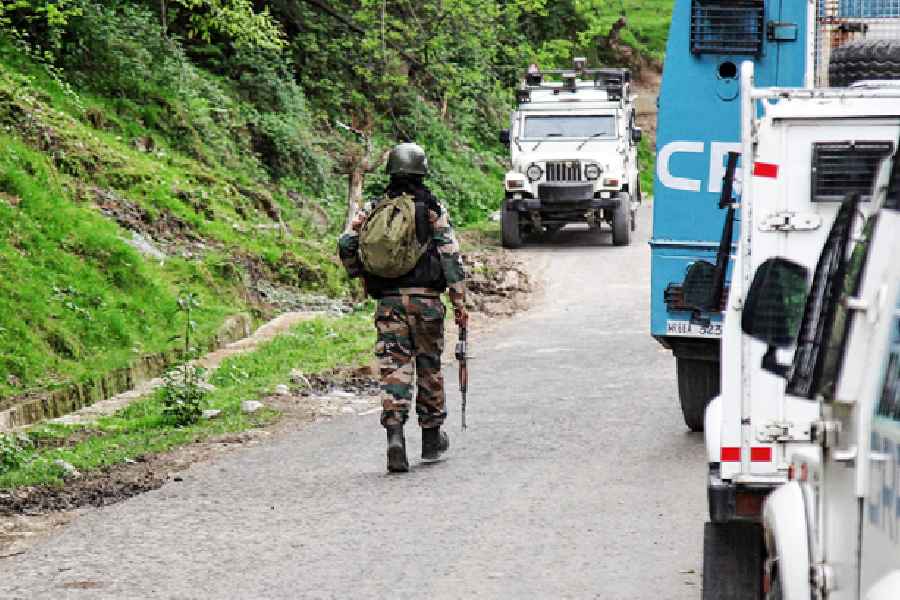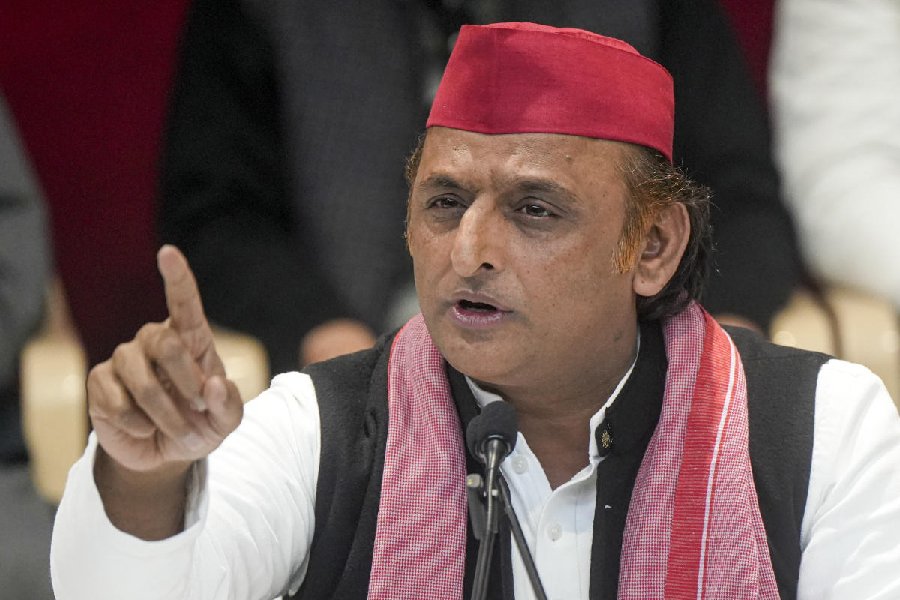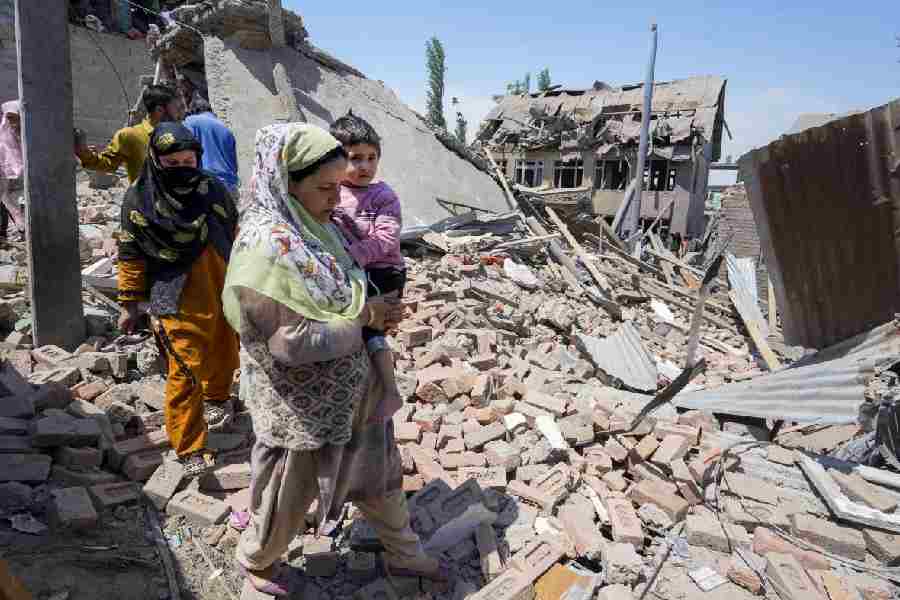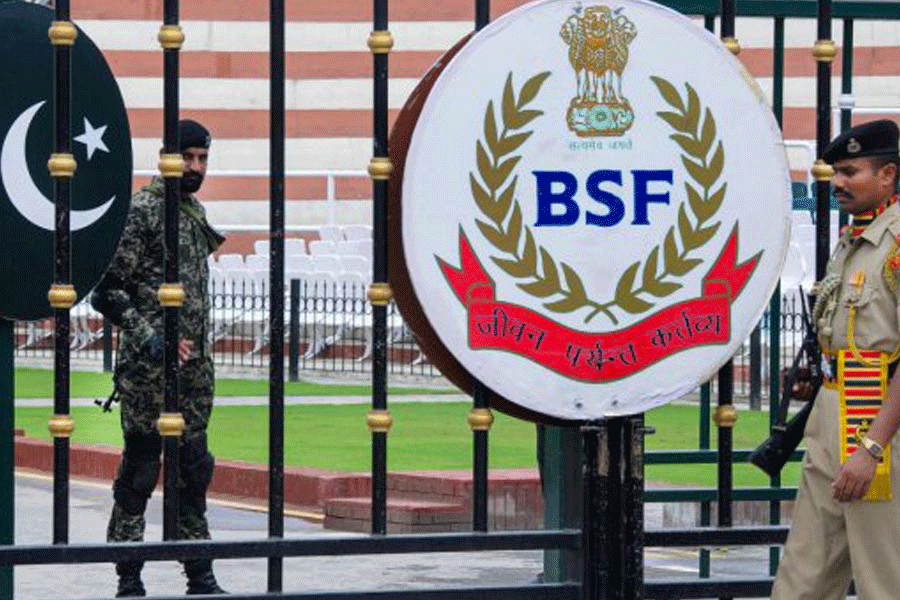|
|
Descent Into Chaos By Ahmed Rashid,
Allen Lane, Rs 495
In 1968, with a degree in political science from Cambridge, Ahmed Rashid began his career at the unlikeliest of places: the Balochistan Liberation Front. He could have been profitably engaged in reporting the war between the peasants on the tribal belt and the Pakistani army. Instead, he reinvented himself as a guerrilla rebel and a political strategist for an oppressed people. In the late Sixties, revolution was in the air: student riots in France, race riots in America, the Russian debacle of the Prague Spring. Rashid, swept along by a heady Marxism, spent years travelling and fighting in Central Asia until he harnessed his energies into a more meaningful form of activism: once he relinquished the sword and picked up the pen, he became one of the pre-eminent South Asian journalists to report from the region.
Given Rashid’s intimate knowledge of Central Asia and its people, it is not without reason that one feels slightly let down by Descent into Chaos. With no intention of undermining his achievements — because they are formidable indeed — one feels somewhat dazed by the plethora of facts and figures in this book. Rashid may be justified in calling this work “history in the making” — but it turns out to be a diplomatic history of the region. The result, however valuable, can, at best, be called history without a credible human face.
Rashid’s thesis is not exactly original. The invasion of Afghanistan by the United States of America was motivated by the worst form of short-sightedness. After 9/11, the US had only short-term agendas — hounding out Osama bin Laden, destroying the Taliban and exterminating al Qaida — never taking any longer perspective beyond its scheme of revenge. There was a stubborn resistance to any form of nation-building — Rashid uses it interchangeably with State-building — leaving too many loose ends by the time the US took on Iraq. As a member of an experts group, appointed by Lakhdar Brahimi (former United Nations representative to Afghanistan), Rashid tried his best to persuade the US to assume a nuanced and holistic approach to the war in Afghanistan. But the US blundered its way into the region, putting its trust on the troika of the president, army and the Inter-Services Intelligence of Pakistan.
Anything wiser was unexpected of the George W. Bush administration. (During his presidential campaign of 2000, Bush did not know the name of the Pakistani president and thought that the Taliban was an all-girl pop band.) The neocons also brazenly undermined every international safeguard that Clinton had signed towards the end of his term. Bush did not send Clinton’s treaty to create the International Criminal Court for ratification to the Senate. He refused to sign the Comprehensive Nuclear Test Ban Treaty or to ratify the Kyoto Protocol, and also rejected the Anti-Ballistic Missile Treaty. Is it any wonder then that Bush’s cowboy regime would be in denial regarding nation-building in Afghanistan?
Rashid gives a painstaking inventory of the astronomical sums that were wasted on funding Pervez Musharraf in the hope that he would hand over the Taliban insurgents hiding in Pakistan. An internally divided ISI made good use of the US bounty — one half of the ISI funded Islamic extremism, while the rest filled their own coffers. Rashid’s narrative ties one unforeseen disaster with another in a prophetic sweep of history. He makes dour predictions about the rise of the Taliban in the Federally Administered Tribal Areas, the bane of warlordism, the flourishing of the poppy trade and widespread corruption in the US reconstruction teams. Most of his prophecies are Cassandra-like — potent, but nobody pays the slightest attention to them. (In an otherwise densely argued book, Rashid’s account of the conflict in Kashmir seems rather flippant. He treats it summarily, as if the whole situation amounts to little more than a military problem between India and Pakistan.)
It is evident from the profusion of facts (often repetitive) and the endless details (not all of which is strictly relevant) that telling a story is not the greatest strength of this book. Rashid has no sense of how to keep ordinary readers with him — and cramming the narrative with too much detail makes this a needlessly difficult book for non-experts. (For Barack Obama, though, it is compulsory reading.)
Ahmed Rashid certainly does not let his frustration with America dissolve into bleak scepticism. He is prudently hopeful that once the US starts focusing on nation-building — by ushering in democracy — things will start looking up again for Pakistan, Afghanistan and Central Asia. Is this a very sound theory after all? US nation-building in Pakistan involved plucking out one thorn (Musharraf) and putting back another (Asif Ali Zardari). Rashid’s evident faith in the Pakistan People’s Party is also somewhat misplaced. And isn’t it a bit lopsided to expect America to lead the way for change, with the UN and Nato thrown in as afterthoughts? Surely Rashid must be aware that America is not merely a symptom of the ills afflicting Central Asia, but one of the ills itself.











